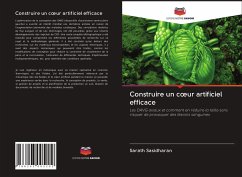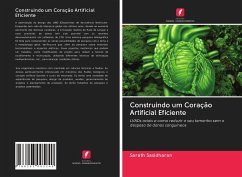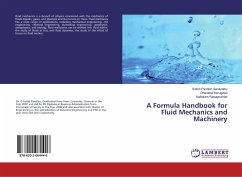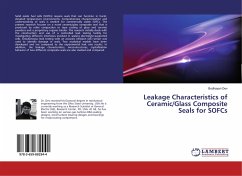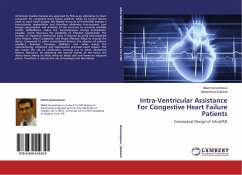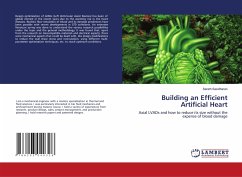
Building an Efficient Artificial Heart
Axial LVADs and how to reduce its size without the expense of blood damage
Versandkostenfrei!
Versandfertig in 6-10 Tagen
27,99 €
inkl. MwSt.

PAYBACK Punkte
14 °P sammeln!
Design optimization of LVADs (Left Ventricular Assist Devices) has been of global interest in the recent years due to the alarming rise in the heart diseases. Realistic flow simulation of blood and its damage predictions have been possible with recent developments in CFD softwares. An extensive literature survey was done to understand the various research possibilities under the topic and the general methodology. It was found that, apart from the research on biocompatible materials and electrical aspects, there were mechanical aspects that could be dealt with, like design modifications to redu...
Design optimization of LVADs (Left Ventricular Assist Devices) has been of global interest in the recent years due to the alarming rise in the heart diseases. Realistic flow simulation of blood and its damage predictions have been possible with recent developments in CFD softwares. An extensive literature survey was done to understand the various research possibilities under the topic and the general methodology. It was found that, apart from the research on biocompatible materials and electrical aspects, there were mechanical aspects that could be dealt with, like design modifications to reduce the wall shear stress and recirculation, using different multi-parameter optimization techniques, etc. to reach optimum conditions.



